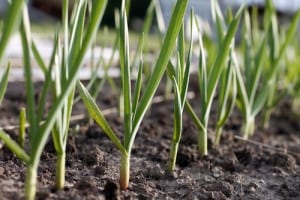At the 2024 Salinas Biological Summit, President and CEO of Woolf Farming and Processing, Stuart Woolf shared his experience with biologicals in agriculture. He noted that with the increased interest in the presence of biologicals in agriculture, growers are hopeful of their efficacy especially as conventional methods for crop protection are lost to changing regulations in the state of California.
“Having options is great,” Woolf said, “but we’ve got to make sure that these options are viable, that they’re efficacious, and that it’s not going to be increasing our costs or putting additional burdens on smaller growers.”
Despite growing interest in biologicals, Woolf noted concern regarding the statistic shared during the summit that 50 percent of California growers lack understanding of biologicals and their benefits, which indicates a need for stronger, “winning solutions” to prove their efficacy.
“We’re just at a point where some people are having positive results, some aren’t,” he said, adding that more progress will come over time. “The best classroom is walking into somebody else’s field where somebody has had a successful outcome using these materials,” said Woolf.
In response to changing regulatory and environmental conditions, many farmers have shifted to production outside of California. For Woolf, he sees reinvesting in California agriculture as a critical aspect to biological advancements and overcoming the challenges experienced from water, land, and application restrictions.
“We really want growers to want to expand here, where we have so many God-given benefits like being in the right latitudes with great soils, the UC system, and all this kind of stuff,” said Woolf. “And yet, I think we’re eroding our competitive advantage with a lot of these efforts” to cultivate elsewhere.
As a grower, there are a lot of concerns about the difficulty of succeeding when regulations are hindering a farmer’s ability to cultivate and feed growing populations. “I don’t think we’re going to regulate and restrict and redistribute our way into prosperity,” said Woolf. “One of the measures of success is that growers would want to reinvest in California,” even if production out of state is more economical. Continued advancements with biologicals in agriculture present California farmers with additional options to help remain economically sustainable.
Contributing Author:
Lauren McEwen
AgNet West Intern











